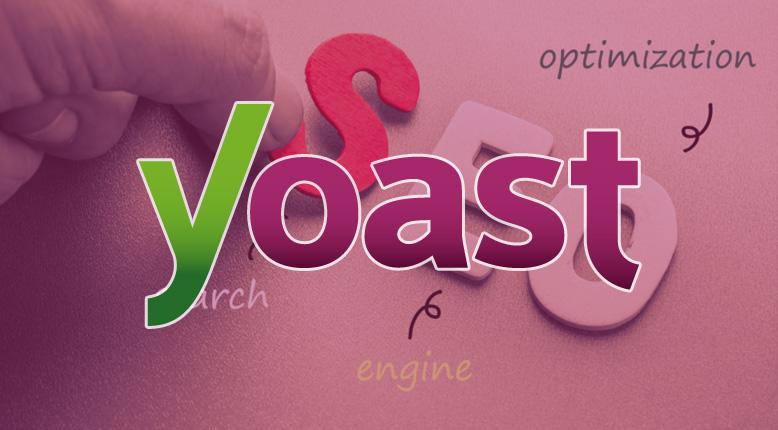News Courtesy of Yoast.com:
As you might know, Google is rolling out mobile-first indexing as we speak. But what does that mean for your ranking? Should you be worried? Should you do anything? Last week, Google explained a bit more about mobile-first indexing. In this post, I’ll talk you through five things you need to know about mobile-first indexing.
Mobile-first indexing
Last March, Google announced that they were going to start with mobile-first indexing. But what does that entail? It means that from now on, Google will base what it places in the index based on the mobile version of your site, whereas they used to index the desktop version of your site first. This switch is made because more and more searches come from a mobile device and to give those users a better experience, Google decided that it was time to prioritize mobile results. It is important to note that the mobile-first index is not a separate index, Google has only one index from which it serves the results.
Website designers who use WordPress really have no reason to worry. Unless you’re building sites on a very outdated theme or template, it should be using a responsive design. For the most part, pages built responsively will have most, if not all, of the same content on mobile and desktop. If you’re using two different templates for mobile and desktop, then you might have a problem. When I experience multi-templated sites, usually the mobile is a stripped down version with little content. That could have a huge impact on SEO.
Even when a website is built on a responsive template, it can be tricky to prioritize assets and provide the visitor with a smooth browsing experience. I usually wrap non-essential content in div containers and apply display:none; under a certain width. Less screen space means that more important information might get pushed lower towards the bottom of the page. There is debate whether above-the-fold content is as important as it was in the past. Sure, smartphones are fast and people have become accustomed to browsing in a vertical fashion. However, the content still needs to be engaging and having fluff in the middle can turn visitors away.



